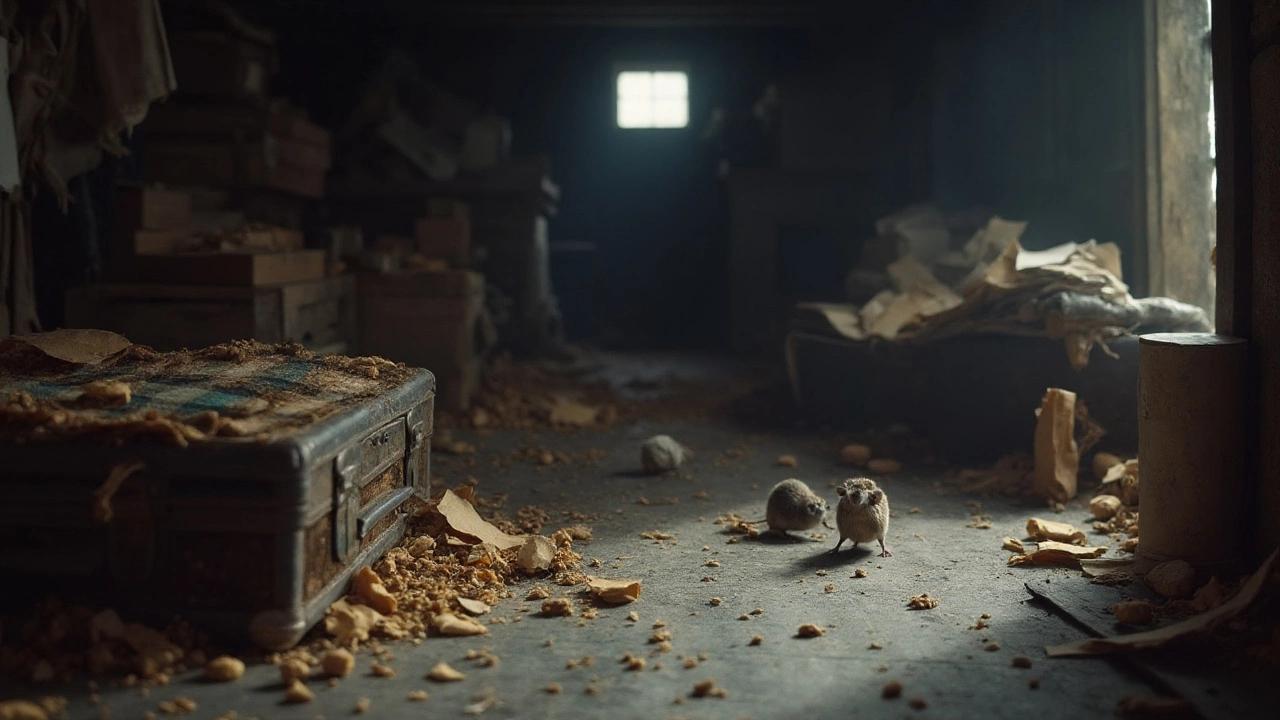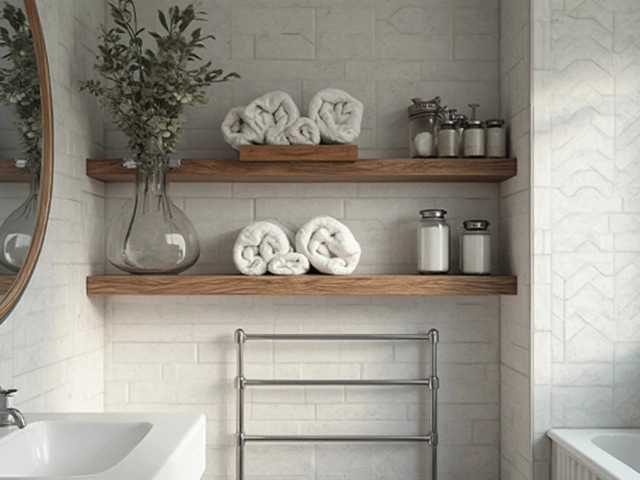Storage Unit Pests – Spot Them Early and Keep Them Out
If you rent a storage unit, you’ve probably thought about boxes, climate control, and security. What you might forget is the tiny critters that love a quiet, dark space. Rodents, insects, and even birds can turn a tidy unit into a mess. The good news? You can catch the problem before it spreads, and you don’t need a professional for most of it.
What Bugs and Rodents Show Up Most Often?
In a typical storage unit you’ll meet a few regulars:
- House mice and rats – They love cardboard, paper, and food crumbs.
- Carpet beetles – These insects love natural fibers like wool, silk, and even old blankets.
- Silverfish – They thrive in damp corners and chew on paper, photos, and clothing.
- Clothes moths – Dark, undisturbed spots are perfect for laying eggs.
- Ants and cockroaches – If you store food or pet treats, they’ll find a way in.
Spotting signs early saves you from expensive damage. Look for droppings, gnaw marks, small holes in boxes, or a faint, sweet smell from beetles.
Simple Steps to Make Your Unit Pest‑Proof
1. Seal all boxes. Use thick plastic bins with tight‑fitting lids instead of cardboard whenever possible. If you must use cardboard, tape the seams well.
2. Keep it dry. Moisture invites silverfish and mold. Place a small silica pack on the floor and avoid storing damp items.
3. Clean before you store. Wipe down shelves, vacuum the floor, and remove food residue. A clean unit is far less attractive to pests.
4. Use natural repellents. Cedar blocks, lavender sachets, or peppermint oil droplets can deter moths and beetles without chemicals.
5. Check the unit regularly. Schedule a quick walk‑through every month. Spotting a single mouse tail or a rolled carpet beetle egg can signal a bigger issue.
6. Block entry points. If there’s a gap under the door, slide a piece of wood or a rubber mat to stop small rodents from slipping in.
7. Set traps strategically. Snap traps for mice, sticky boards for beetles, and pheromone traps for moths work well. Place them in corners and near the floor where pests hide.
8. Don’t over‑stock. A cramped unit reduces air flow and makes it harder to spot pests. Keep aisles between items; it also helps you see any movement.
These actions cost very little and take only a few minutes each month. If you notice an active infestation—multiple droppings, lots of gnawed cardboard, or a growing moth population—call the storage facility manager. Some facilities offer professional pest‑control services or can move you to a cleaner unit.
Remember, the best defense is prevention. By cleaning, sealing, and checking regularly, you protect not only your belongings but also your peace of mind. A pest‑free storage unit means you can retrieve your items without worrying about damage or surprise guests.
Got a specific pest problem? Try a quick online search for "storage unit pest name control" and you’ll find step‑by‑step guides that match the tips above. Stay proactive, stay tidy, and keep those critters out.






